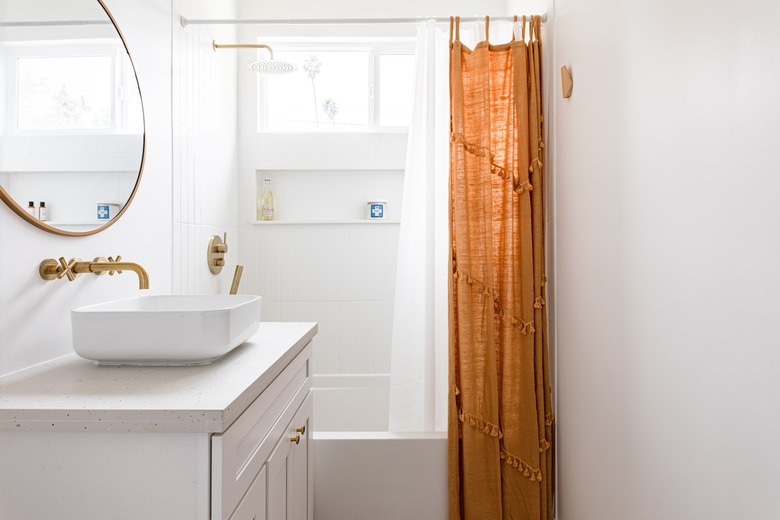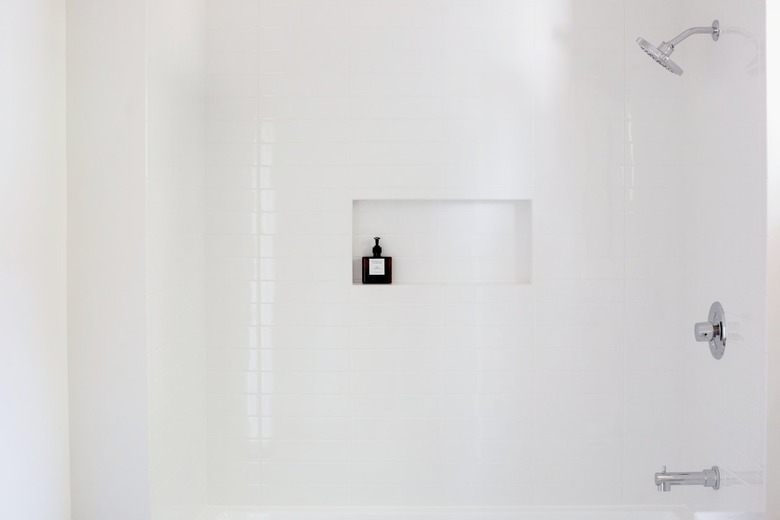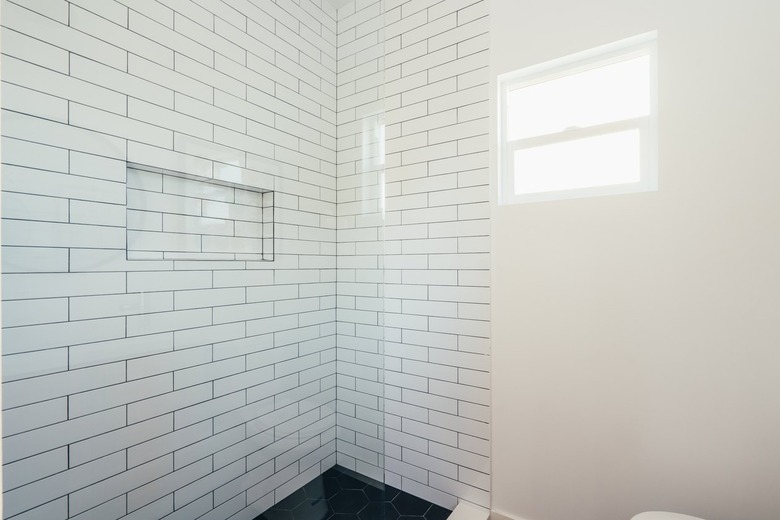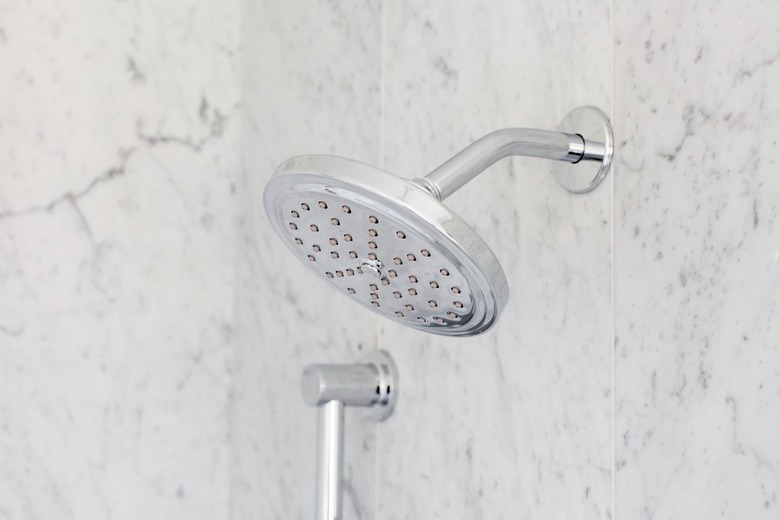Planning A Shower Remodel: A DIY Homeowner's Guide
When planning a shower remodel, you can spruce up what you already have, replace your existing shower with a similar one, or go all out and create the shower of your dreams. Depending on how big you dream, however, creating the perfect shower for you may work best as part of a complete bathroom remodeling project rather than just a shower revamping. What you choose will depend greatly on your remodel timeline and budget.
How to Refresh Your Existing Shower
Shower liners are a popular option for many homeowners who are looking for a quick shower revamping. A liner is an acrylic or plastic shell that fits over your existing shower walls and shower pan. They can also fit over a bathtub and tiled wall surround. Liners are simply glued into place and can make your shower look brand new in a matter of hours. You cannot, however, install an acrylic liner over an acrylic shower or bathtub.
If a liner isn't an option for you, you may instead opt to have your acrylic shower refinished. This involves sanding down the old finish, repairing any cracks or dings in the shower and then applying a new finish. Because of the sanding, this project is a bit messier than installing a shower liner, but it's almost as quick. Both a liner and a reglaze will only leave your shower out of commission for a day or two.
You can get a shower reglazed for around $400 to $900. According to Homewyse, relining your shower will cost around $1,500. This comes close to the cost of replacing a shower but gets finished much more quickly and with less mess. It's generally best to have both of these jobs done by a professional who can inspect your shower and make sure you don't have problems that a liner or reglazing won't address. He can also ensure a proper installation that will prevent leaks and ensure moisture doesn't find its way behind the new surface, where it can cause dangerous mold and mildew.
Remove and Replace Your Shower
Another way to upgrade your shower is to remove your current shower stall or bathtub and surround. You can then replace the tub, surround or stall with an updated version of what you had. This involves demolishing and removing the current shower and replacing it, often attaching your new shower stall or tub surround directly to your wall studs.
A big advantage of the remove and replace shower remodel is that you won't need to move any plumbing or make costly changes to your bathroom layout. The repair and replace method also gives you a chance to peek inside your walls and under the tub and make sure that you don't have any mold issues you didn't know about. It also gives you a chance to beef up the floor under the tub if necessary or replace any wall studs that suffered moisture damage along the way.
Customize Your Shower
If your budget allows it, or you're already doing complete bathroom remodeling, you can avoid pre-fabricated tubs and shower stalls altogether and customize your shower. You can tile your shower walls and floors rather than covering them with acrylic, or you can create a shower room with glass doors. Customizing a shower in this way allows you to make it almost any size or shape you want. You can even create a wet room or a shower alcove that doesn't require a shower door or curtain at all.
The benefit here is, of course, that you can get whatever your heart desires. You can make a shower big enough for two or bring the outdoors inside with a skylight and a floor tiled with smooth river rocks. You can also opt for glass shower walls and doors. You'll need to plan carefully, however, when creating a custom shower. Costs can quickly run out of hand, especially since you may need to move plumbing or change your plans due to structural or code issues.
There is, of course, some middle ground where you can change the shape or size of your shower's footprint as part of a bath remodel without going overboard. Shower stalls, available in square, rectangular and even diamond shapes, allow you to modify your shower's footprint without creating a completely custom shower room. Some stalls are even shaped to tuck into a corner. Shower base sizes vary from 32 to 48 inches in size, giving you many different sizing options as well.
The Impact of Shower Fixtures
The fixtures you choose for your shower remodel have a big impact on the finished project. In fact, sometimes upgraded fixtures are all you really need to spruce up a shower. There is a wide array of finishes from which to choose, ranging from brass to chrome. It's important to choose fixtures that you like and that match the rest of your bathroom remodeling plan. If the rest of your bathroom fixtures are chrome, stick with chrome in the shower too.
Of all the fixtures, the most important choice you make will likely be your showerhead. Although a small part of the project and project budget overall, your showerhead determines how your shower feels when you step into it every day. You can get one with an adjustable height or opt for a handheld wand that lets you direct water exactly where you want it. Showerheads also have different spray configurations, allowing you to choose from the sensation of a gentle rain to a pulsating showerhead that feels like a massage. Some even have multiple spray settings so every member of your household is happy.
If you like, you can purchase a shower system that includes water jets on the walls in addition to your showerhead. You can also get fancy and add special LED lighting systems and stereo speakers so you can get your groove on while you wash away the day.
DIY vs. Professional Shower Remodel
Part of your shower remodel planning process will be determining whether you'll hire a remodeling company or do the work yourself. If you know what you're doing, you can save yourself hundreds, if not thousands, of dollars on your bathroom remodel. If you don't, however, you could make costly mistakes that set you back more than what hiring a professional would have cost. Individual skill sets vary, but it's generally a good idea to leave anything involving plumbing or electrical to the pros.
A DIY novice can likely install a faucet or showerhead, but moving supply lines or drains is a job for a professional plumber. Tile work can prove to be tricky too. If you've done tile work before, you may want to tile your shower yourself. Keep in mind, however, that tiling vertical surfaces like shower walls can prove to be a bit more intensive than tiling a floor.
Most DIYers can swap out a shower stall or install a new tub surround, but building a walk-in shower, wet room or glass enclosure usually requires some professional skill. This is especially true if you're starting a walk-in from scratch rather than simply retiling or revamping a shower that's already there. In this case, do the demo work and finishing touches, like painting, but hire a pro for the parts in the middle.
Shower Remodel Costs
How much your shower remodel costs depends heavily on what features and fixtures you want. According to HomeAdvisor, a basic shower remodel costs $450 to $2,000. To keep costs down, opt for acrylic materials and stick to the basics. Consider new fixtures and an acrylic refresh rather than making big changes.
A midrange shower remodel costs between $3,000 and $4,800. This type of bathroom renovation includes a new tub or shower stall using a fiberglass or acrylic shower stall. You can also have tile in this price range but stick to inexpensive glass or ceramic tiles and keep the pattern simple.
Luxury remodels cost $6,000 or more depending on how many luxury products you choose. The sky is the limit here, and you can get pricey tiles, opt for an expensive steam shower or enclose the shower with a frameless glass wall.
Current Shower Trends
Trends are tricky, especially when they change as quickly as they do in the bathroom. Although it's important to pay attention to what's popular and what homeowners will want when it's time to sell your house, you don't want to go too trendy, or your bathroom's styling could look out of touch and undesirable in just a few years. When it comes to a shower remodel, your best bet is to pick neutral colors and lean toward a luxury feel.
For years, homeowners took a utilitarian approach to showers, but now people want a more luxurious, spa-like feel. More and more people are also planning to age in place, so walk-in showers free of lips and ledges are very popular and desirable. Built-in benches and seats are also popular, but make sure they enhance the shower rather than crowding it. Taking a seat should be an option but not the only way to use the shower.
Separate showers and tubs are also increasingly seen in bathrooms, but whatever you do, don't remove your home's only bathtub. If you have a bathtub and shower combination but want a separate shower, consider a small shower and tub placed next to each other rather than eliminating the only bathtub completely.
Other Shower and Bathroom Remodeling Considerations
When designing your shower or bathroom remodel, don't overlook your local building codes. A general contractor will take care of this for you, but you'll need to be aware of building codes if you're designing your shower yourself. You may also need to secure building permits and have your work inspected when it's completed.
Take into account your shower remodel timeline as well. You can probably deal with a day or two of sponge baths and washing your hair in the kitchen sink, but you'll need a backup shower plan if you're doing an extensive remodel. Schedule your remodel at a logical time too. You don't need your shower ripped apart when you're having guests over the holidays or in the middle of an uncomfortable heat wave when everyone is sweating more.




